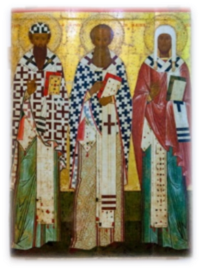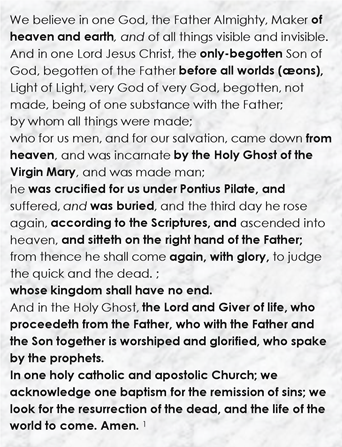
|
|

The early centuries after Jesus Christ existed there were a group of people called the Ebonites, who believed Jesus was the Messiah (foretold by the Old Testament), and they observed the Law of Moses. They did not believe Jesus was divine, but a prophet. 193 194 Similar beliefs were from another group of people called the Elcesaites/ Elkasaites (Elxai). 195
There were also groups that had different views i.e. that Jesus was human and not divine, that Jesus was divine and not human, some thought he had two different natures (one human and one divine).196
At the time of Constantine, there were many views of Jesus. Notably there were bishops who were arguing/debating regarding the matter of Jesus’ divinity and the ‘Doctrine of the Trinity’.
Presbyter (priest/elder) Arius – Emphasized the supremacy and uniqueness of God the Father. The Father alone is the Almighty and is infinite and greater than the Son. Christ was a kind of second-tier god, subordinate to God and inferior to God in every respect. This belief is known as Arianism. Arius was later on excommunicated after his belief was rejected by the council. 196
|
|
| Constantine and the Catholic Church | <<< Prev | Next >>> | The Dead Saints |


